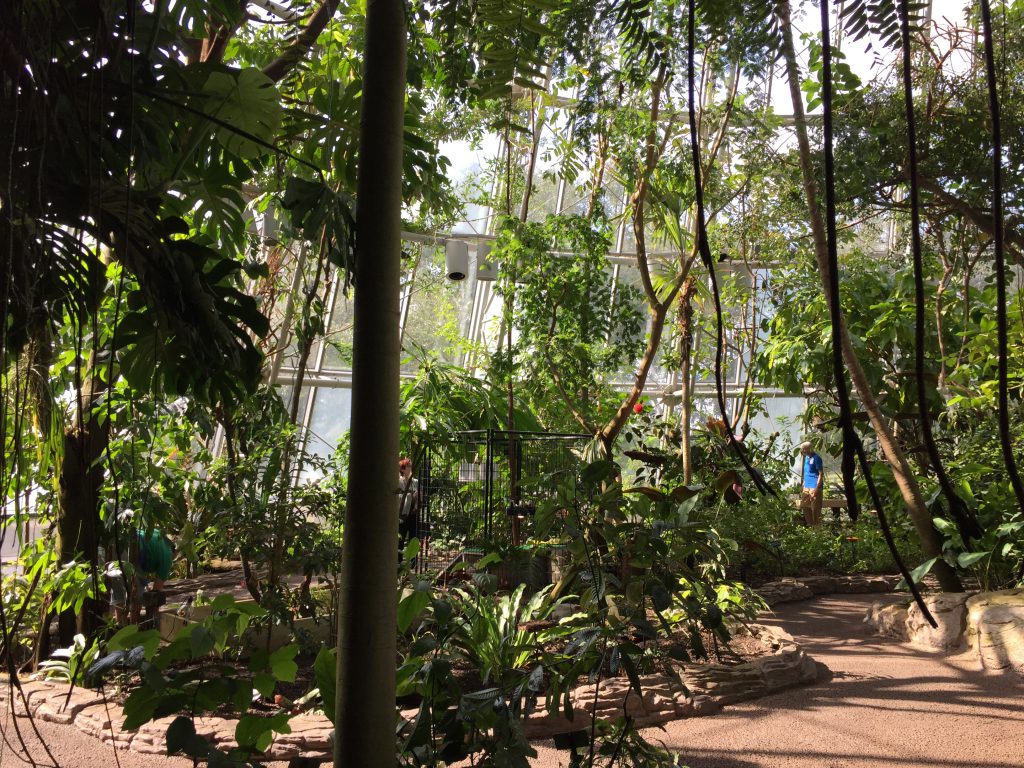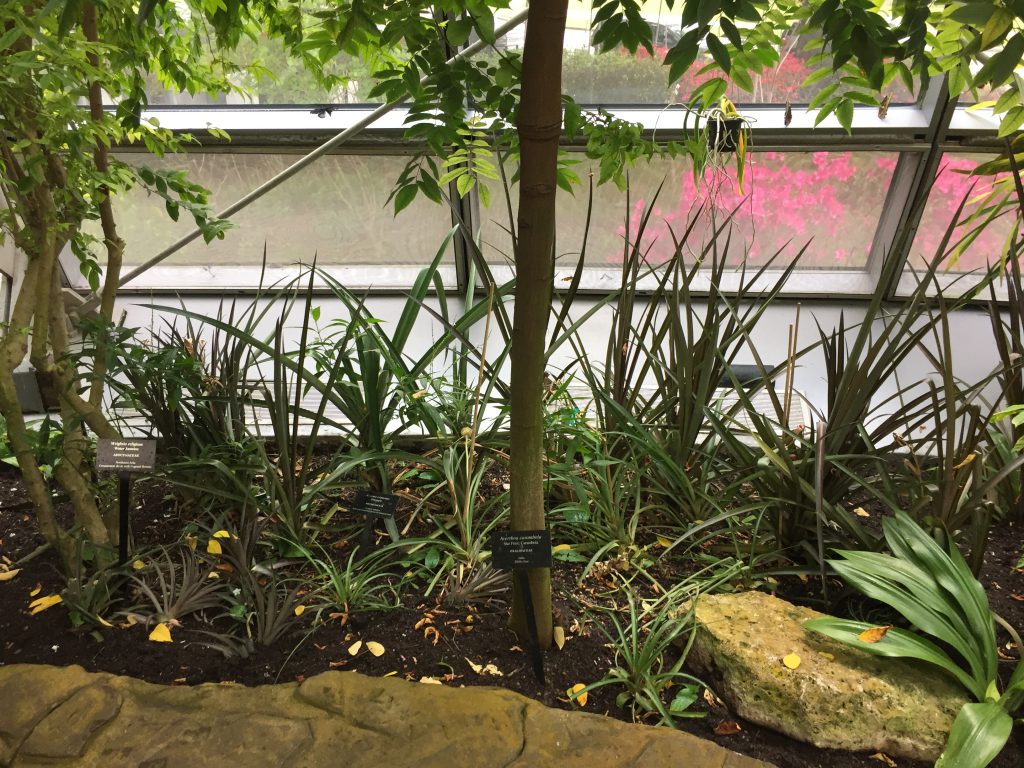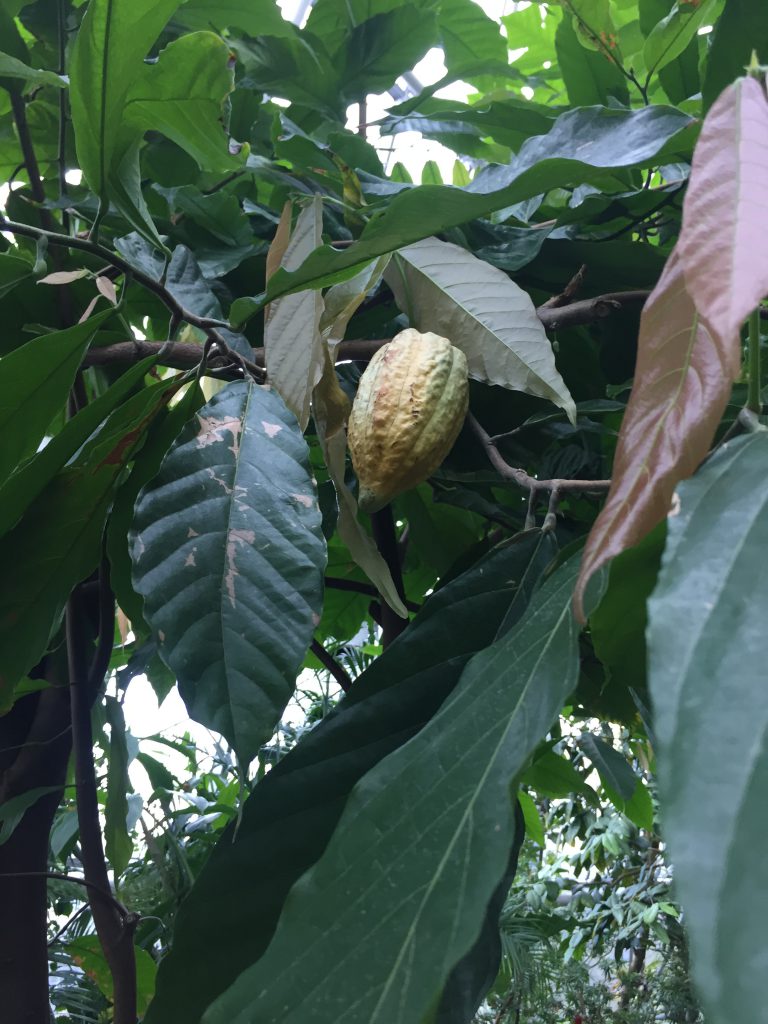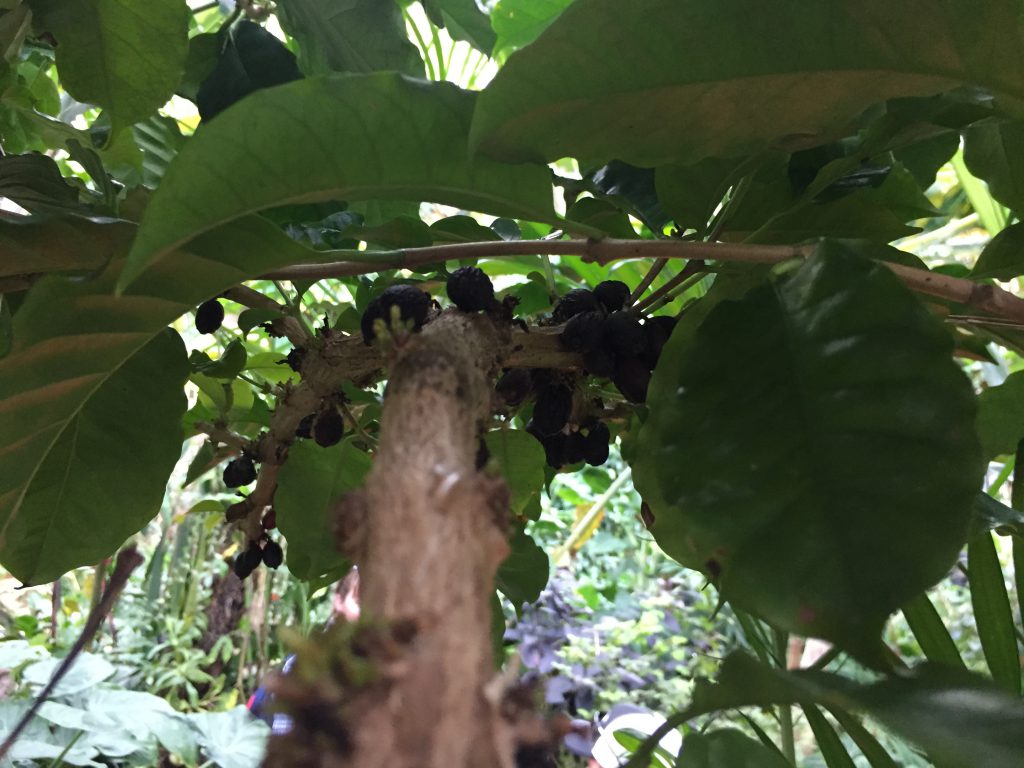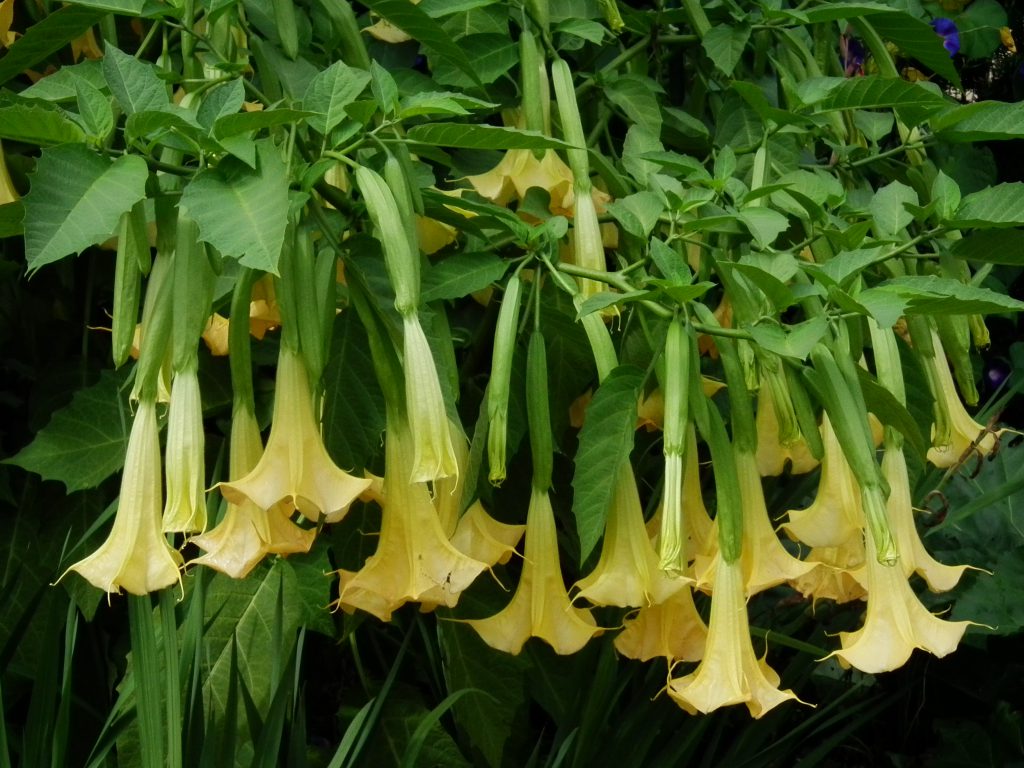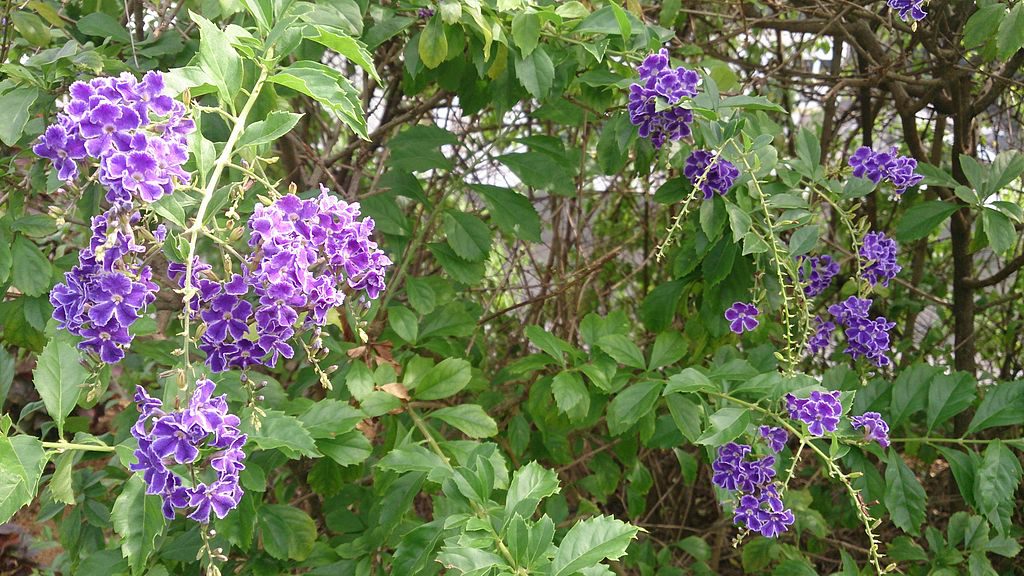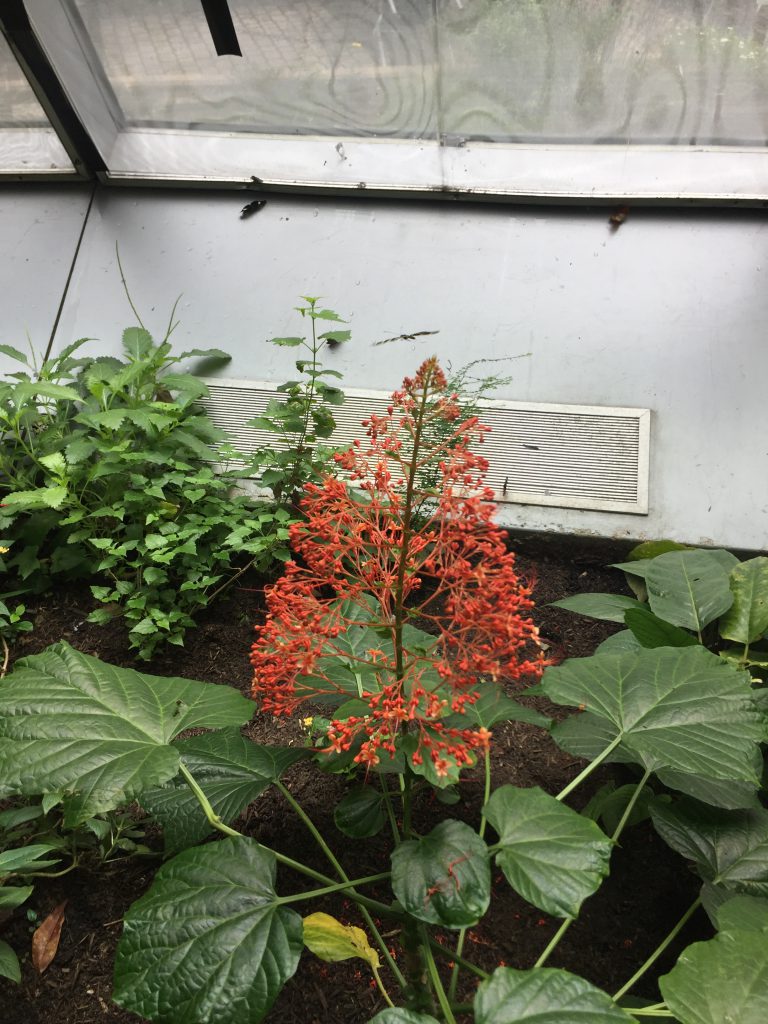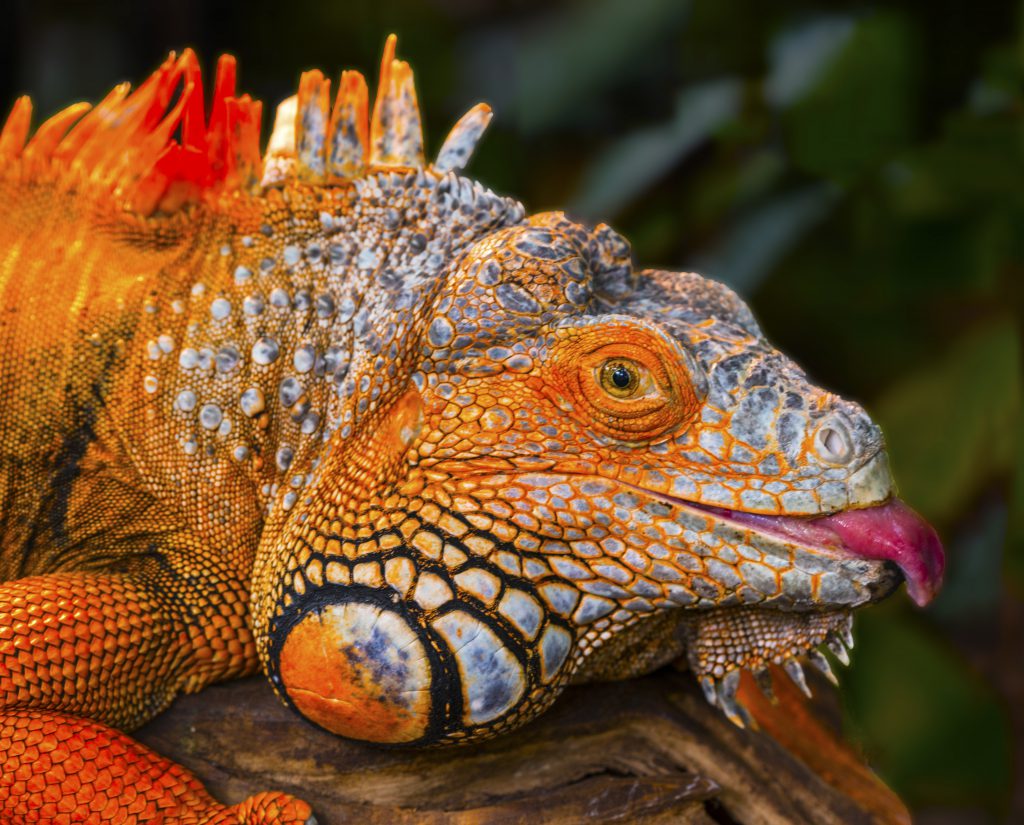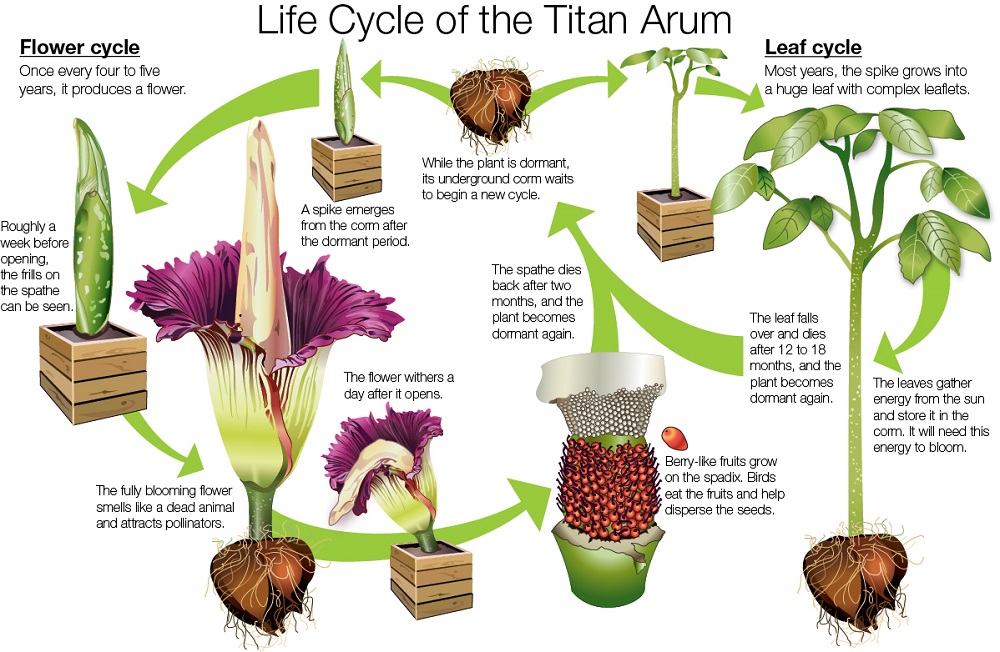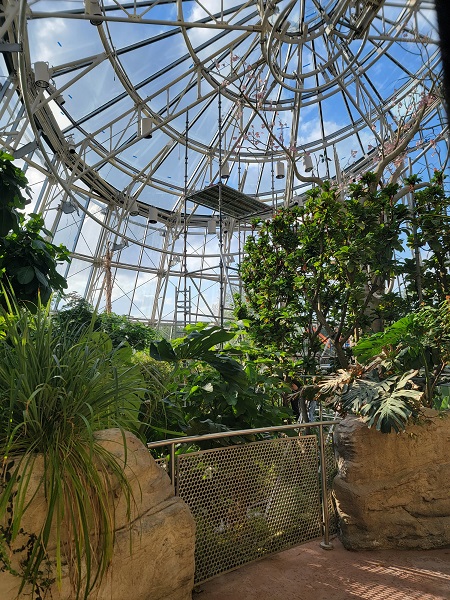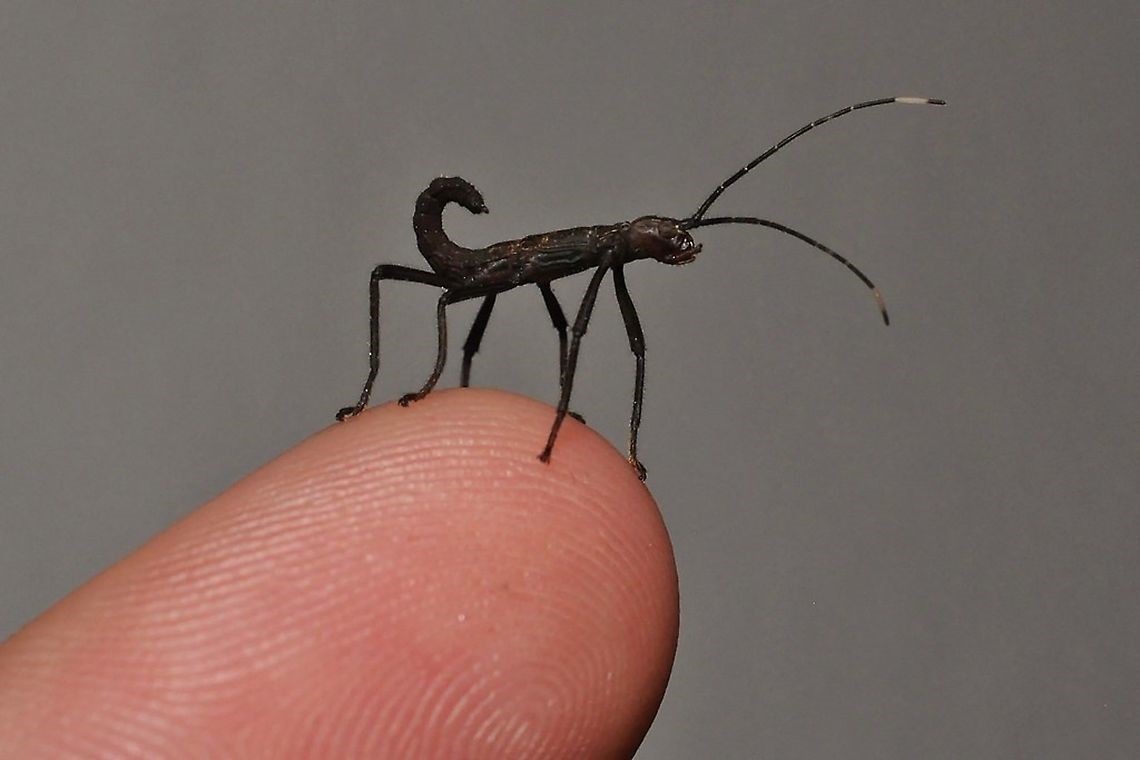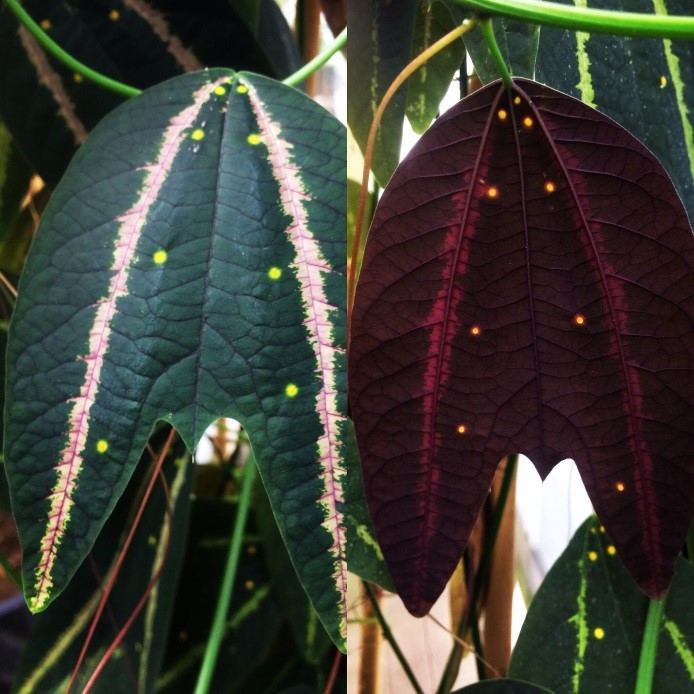Imagine a strange post-apocalyptic scenario in which you somehow became trapped in the Cockrell Butterfly Center alone, with no food or provisions. Pretty weird thing to imagine right? Well, it could happen! Many people come to the CBC to watch the graceful butterflies flit through the trees, but don’t actually realize that it is a simulated Neotropical rainforest. It is chock full of useful and edible rainforest plants and if you were resourceful, you could last quite a long time. I mean you would have to pretty much become a fruitarian, but still! So, let’s just imagine, there you are, you’ve already gone through the refrigerator in the back and eaten our left over lunches, now what? Here are some things to look for…and avoid!
Fruit Trees: There is no shortage of yummy tropical fruits in the conservatory. You could try something new, and then eat it for eternity!
Avocado – Who doesn’t love Avocados? Our tree will produce much smaller fruits than what you would find in the grocery store, but you can have them all to yourself!
Black Sapote – A relative of the persimmon, this tree’s fruit is said to have the flavor and texture of chocolate pudding, not bad! Do wait until the skin of the fruit (which is inedible) is a deep yellow-green, indicating that it is ripe. The unripe fruits are bitter and very yucky!
Guanabana or Soursop – Not only is this one fun to say, it is delicious! This fruit is very popular in Central and South America as a drink and ice cream flavor. The fruits have been described as tasting like a strawberry and pineapple combined, with the creamy texture of coconut or banana. You’re welcome!! Soursop has also been widely promoted as an alternative cancer treatment, so, just in case.
Guava – These fruits are very perfumed, but pretty tasty!
Jabuticaba – Look for the flowers and fruits to originate from the woody trunk and stems of this tree. This strategy, called cauliflory, allows animals that cannot necessarily climb or fly (maybe you?) to pollinate the plant and disperse it’s seeds. The fruits are yummy, sort of like a grape with a tough skin, but white creamy flesh. The fruits can be eaten, or used to make jelly, juice, or wine…and now you have wine!!!
Papaya and Pineapple – Two very well known fruits! Papaya comes from a tree and pineapple, although it reminds you of Hawaii, is originally a Central American fruit. Pineapples are the fruit of a kind of terrestrial (as opposed to epiphytic) bromeliad.
Rose Apple – Much like its relative the guava, this tree produces perfumed pink and red fruits. We have no shortage of them and are constantly cleaning rose apple stains from the pathways, so I hope you like them!
Star Fruit – Last but not least, the fun star shape of these tart fruits should really cheer you up, even though, well, you know.
Other plants you might find useful:
Miracle Fruit – The berry of this plant contains a compound called miraculin, which binds to the tongue, temporarily causing sour foods to taste sweet. It is a really interesting experience and only lasts for about 30 minutes or until the miraculin is washed away by the saliva.
Calabash tree – We get so much interest in this tree. It produces large green fruits that resemble giant apples! They do not taste like apples though, I’ve heard they taste quite awful! BUT, you can hollow out and dry the fruits and turn them into bowls. Then you can have bowls for all of your fruit salad!
Chicle tree – Chewing gum was originally made from the dried milky sap of this tree. Just think of all of the tropical fruit flavored gum you can make!
Chocolate and Coffee – Seriously?? Are you loving us now?? Not only can you make wine, but you have chocolate and coffee and you can actually make it from our trees! We have made coffee from our tree, and we named it Blue Morpho Blend. When you harvest the seeds or “beans” of this tree, you can dry them, peel them, roast them, and finally grind them to make a nice cup of coffee. You could easily make chocolate as well. The cacao tree produces large fruits or pods, each containing about 30-40 seeds or beans. When dried, ground, and mixed with sugar, the beans make chocolate! We should have plenty of sugar in the fridge in the back, you probably saw it when you were eating our lunches. Well, you’re all set for life! I should probably just drop the mic and walk away, but there is more!
Actually, from the cocoa tree, there are 155 chemicals that can be extracted from its various parts to treat everything from cuts and bruises, to fever, anxiety, acne and other skin conditions!
Anatto or lipstick tree – The oil extract of this tree contain carotenoids which provide protection against the sun, protection from mosquitoes, and can lower blood pressure!
Allspice – I always thought allspice was them name of a blend of cinnamon, cloves, and nutmeg. But, it turns out it is the dried berries of one tree that when ground, just happen to taste like all 3 other spices combined! Use it to spice up those never-ending fruit salads.
Vanilla – We have chocolate, we have to have vanilla! Did you know that the flavoring is made from the fermented seed pods of an orchid? Well, you learn something new everyday. We have over 200 orchid varieties in the butterfly center, so at least you won’t run out of beautiful flowers to look at.
Panama Hat Plant – You know those cool little straw hats you see people wearing in well, Panama, or other tropical places? Well, those are made from the leaves of the Panama hat plant, and they’re made in Ecuador! So now you have a craft. Again, you’re welcome!
Watch out!! While you’re frolicking through the rainforest you’re going to want to avoid these plants!
Bull Torn Acacia – While it’s an amazing tree that has an amazing relationship with ants, you’re not going to want to touch this one. It has huge thorns and believe me, they hurt!
Brugmansia or Angel’s trumpet – The big beautiful flowers of this shrub may draw you in. I mean, you may really want to pretend they are trumpets, but don’t, they will make you feel sick and possibly hullicinate, in a bad way not a good way. The leaves and seeds are supposed to be the worst parts.
Duranta – The beautiful purple flowers of this plant are very attractive butterflies, but all parts are toxic to humans and pets, so don’t eat it!
Jatropha – Another plant with pretty flowers for the butterflies! Poisonous, don’t eat it!!
Dieffenbachia or Dumb Cane – Well, it’s called dumb cane for a reason. This is a popular indoor plant because of it’s ability to survive with low light levels. But chewing on any part of the plant is bad. The sap contains oxalic acid which causes the mouth to pucker and the throat to contract, making speech temporarily impossible. Not that you’ll have anyone to talk to besides Charro the iguana.
Now you will long outlast the butterflies, most of them at least, and as long as you ration it well, the water in the cenote should last you quite a long time. With enough knowledge of how to manipulate and use the plants in our rainforest I’d say you have a pretty good shot for survival. Just be sure to take care of Charro for us!
Have fun!!


